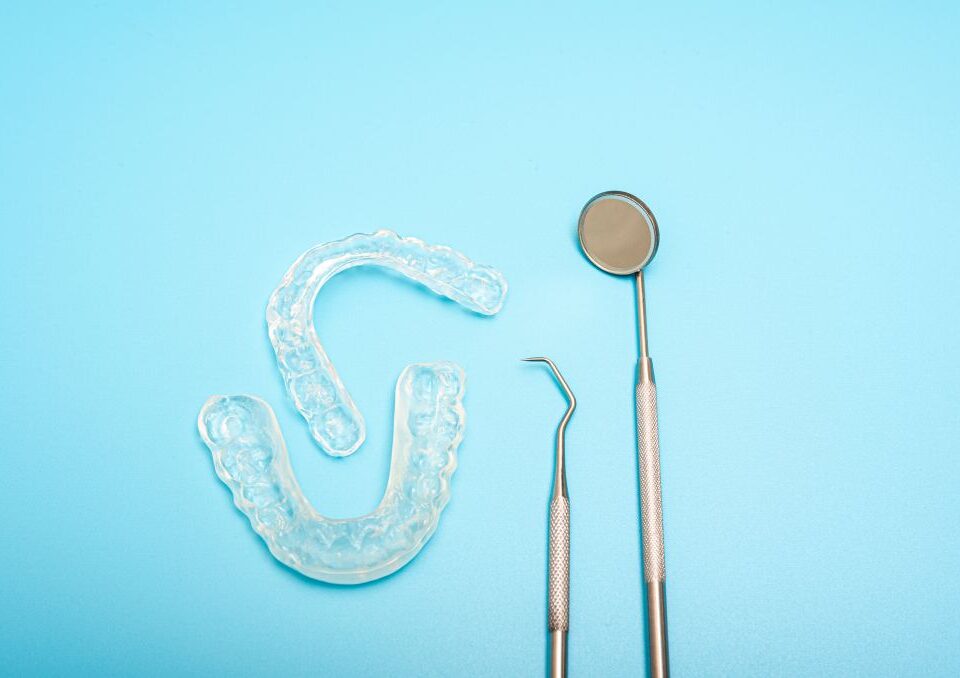Unmasking tooth sensitivity: triggers and solutions
Tooth sensitivity can be a real pain – literally! It’s one of the most common dental concerns, affecting millions of people worldwide. Whether it’s the sharp sting that comes when you sip a hot coffee or the uncomfortable twinge from a bite of ice cream, tooth sensitivity can turn simple pleasures into painful experiences. But what exactly causes it, and more importantly, how can you find relief?
As your trusted dental care partner, we’re here to help you understand this condition better. In this post, we’ll explore the most common triggers of tooth sensitivity, discuss practical ways to relieve the discomfort, and share insights on how to prevent sensitivity before it starts.
Understanding Tooth Sensitivity
Before diving into the triggers, it helps to understand what’s happening inside your mouth. Tooth sensitivity, also known as dentin hypersensitivity, occurs when the protective layers of your teeth are compromised, exposing the underlying dentin. Dentin contains microscopic tubules that lead directly to the tooth’s nerve center (the pulp). When these tubules are exposed, stimuli such as heat, cold, acidity, or even touch can reach the nerve endings, causing sharp, temporary pain.
In many cases, tooth sensitivity isn’t just about discomfort – it can also signal underlying dental issues, such as enamel erosion, gum disease, or cavities. That’s why understanding its causes and addressing them early is essential to maintaining long-term oral health.
Common Triggers of Tooth Sensitivity
Common triggers include:
- Hot and Cold Foods/Drinks: One of the most common telltale signs of sensitivity is reacting strongly to temperature extremes. If sipping hot tea or eating ice cream makes you wince, it’s likely that your tooth enamel has thinned, or your gums have receded enough to expose sensitive dentin. People with exposed tooth roots or worn enamel are particularly prone to this type of sensitivity.
- Acidic Foods and Drinks: Citrus fruits, sodas, sports drinks, vinegar-based dressings, and even some wines are highly acidic and can wear down enamel. Once enamel starts to erode, the underlying dentin becomes more vulnerable to external stimuli. Frequent snacking on acidic foods or sipping soft drinks throughout the day can expose your teeth to constant acid attacks, accelerating enamel loss.
- Aggressive Brushing: Brushing your teeth is non-negotiable for good oral health – but how you brush matters just as much as how often. Using a hard-bristled toothbrush or brushing with excessive pressure can wear down enamel and cause gum recession over time. In addition, aggressive brushing can irritate gums, leading to inflammation and exposure of tooth roots. Once the root surface is exposed, it lacks the natural protection of enamel, making it far more sensitive to temperature and touch.
- Teeth Grinding (Bruxism): Bruxism, or habitual teeth grinding, often occurs during sleep or periods of stress. This repeated grinding can wear down enamel, flatten biting surfaces, and even cause small cracks in the teeth. Once the enamel is compromised, dentin exposure leads to heightened sensitivity. Over time, bruxism can also strain jaw muscles and joints, causing headaches and jaw pain in addition to tooth discomfort.
- Gum Recession: Your gums act as a natural shield, covering and protecting the roots of your teeth. However, when gums recede, the roots become exposed. These roots don’t have enamel, making them particularly sensitive. Gum recession can also lead to plaque buildup and an increased risk of cavities along the gumline, compounding sensitivity issues.
Finding Relief
While tooth sensitivity can be bothersome, the good news is that it’s often manageable with a few simple lifestyle changes and professional care. Here’s how to ease the discomfort and strengthen your smile.
- Switch to a Desensitizing Toothpaste: Desensitizing toothpaste is one of the easiest and most effective solutions for managing tooth sensitivity. These products contain ingredients like potassium nitrate or strontium chloride, which help block nerve signals that cause pain.
- Use a Soft-Bristled Toothbrush: A soft-bristled toothbrush gently cleans without harming enamel or gums. Electric toothbrushes with pressure sensors can also be helpful, alerting you when you’re brushing too hard.
- Limit Acidic Foods and Drinks: While you don’t need to give up your favorite foods entirely, moderation is key. Reducing your intake of sodas, fruit juices, and citrus can go a long way toward protecting your enamel.
- Address Bruxism: If bruxism is the culprit, your dentist may recommend a custom-fit nightguard. These appliances not only prevent enamel wear but also reduce strain on your jaw muscles. In addition, stress management techniques such as meditation, deep breathing, or physical activity can help reduce grinding associated with tension or anxiety.
- Regular Dental Check-ups: Tooth sensitivity can be an early sign of deeper dental issues such as cavities, cracked teeth, or gum disease. Regular dental visits (every six months or as recommended) help catch problems early, when they’re easiest to treat.
When to See a Dentist
Mild, occasional sensitivity isn’t uncommon. But if the pain is persistent, severe, or localized to one area, it’s time to see your dentist. These symptoms could indicate:
- A cavity or tooth decay
- A cracked or chipped tooth
- Gum disease or infection
- Worn fillings or dental restorations
Prompt evaluation ensures that minor issues don’t turn into major dental problems.
Don’t Let Tooth Sensitivity Impact Your Life
Tooth sensitivity doesn’t have to interfere with your daily life. By understanding the causes and taking proactive steps, you can protect your enamel, soothe discomfort, and enjoy your favorite foods and drinks without fear of pain.
If you’re experiencing persistent or worsening tooth sensitivity, don’t ignore it. Reach out to our North Carolina dental practice for personalized care and guidance. Our team is dedicated to helping you restore comfort, confidence, and a healthy smile.




